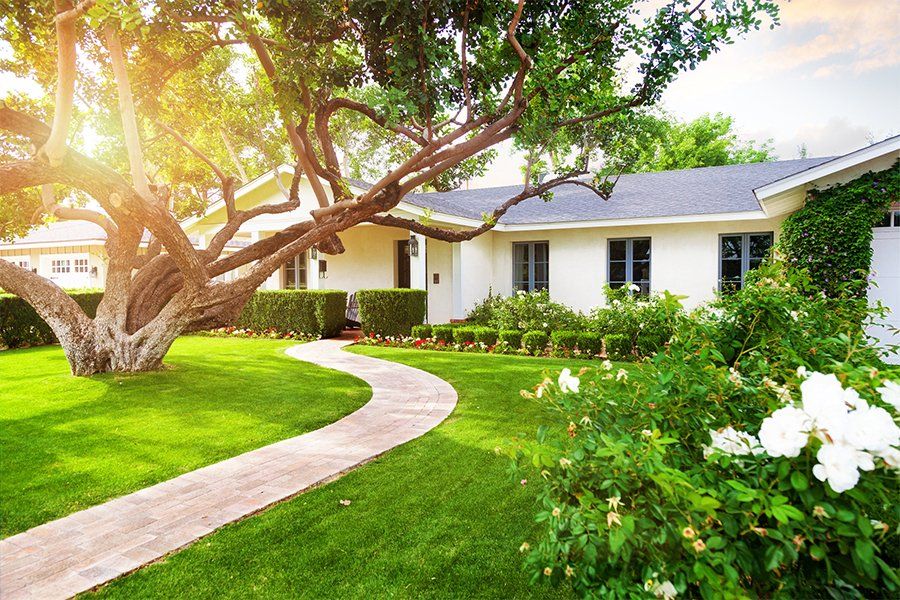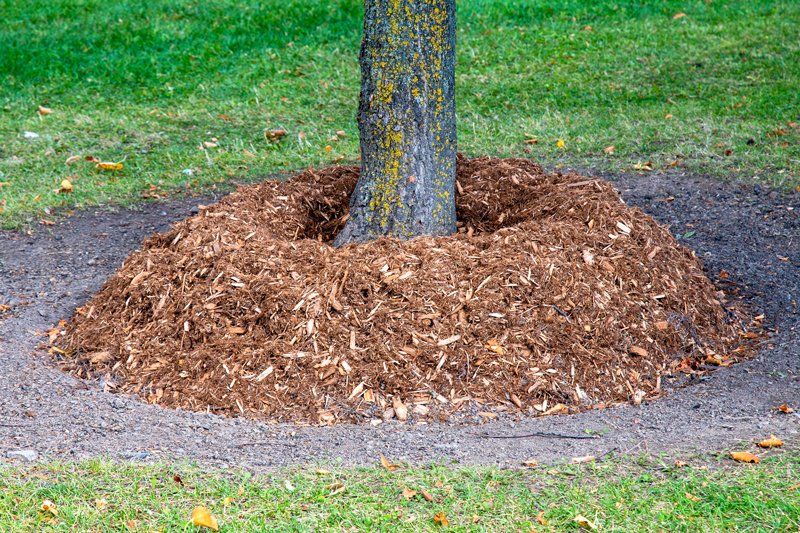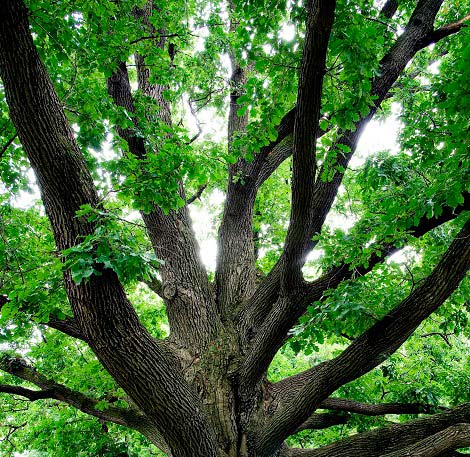Mechanical Damage and Landscape Trees
Mechanical damage is the term used when the use of human tools on or near a tree causes harm to the plant. Often, homeowners are unaware that an action can cause mechanical damage. Learn some of the ways these tree injuries can occur so that you can avoid mechanical damage.
Lawn Tools
Lawnmowers, string trimmers, and any other tool you use to keep your lawn looking great can cause damage to a tree. Damages are usually accidental, and you may not even be aware the damage occurred until the tree begins to experience problems.
Damage
Trees have a thin tissue layer beneath their bark called the cambium. This layer is responsible for all the nutrient and water transport in the tree. When the bark and cambium layer is stripped off, such as by a string trimmer line or a lawnmower scraping against the trunk, then nutrient flow is interrupted. If too much of the cambium becomes damaged, the tree will die.
Further, the wound from the damage can make the tree susceptible to certain diseases and pests.
Prevention
The easiest way to prevent damage is to avoid using tools near the tree trunk. Instead of grass, consider mulching beneath trees instead. With mulch, you have no need to mow or trim near the trunk. If you must have grass, consider installing trunk guards to protect the tree against lawn tools.
Ropes and Lines
Ropes are sometimes tied around trees to stabilize them, or you may use a rope to hang a hammock or other item. Unfortunately, ropes can also cause mechanical damage to the trunk.
Damage
Rope damage occurs by either constriction or bark removal. If a rope is left in place and not loosened as the tree grows, then the trunk will be constricted by the rope. This not only creates a weak point on the trunk, it can eventually cut into the cambium layer and restrict nutrient flow.
Ropes can also rub on a tree, causing bark loss. When bark is lost completely around the trunk, this is called girdling. Girdling is deadly to trees.
Prevention
Your tree service can properly support trees with specially made tree ties designed not to cut into the trunk. You should still monitor tied trees and remove or loosen the ropes if they begin to constrict growth.
As for other ropes, don't leave them tied around the trunk for more than a few days. Also, wrap a heavy piece of fabric around the trunk before placing the rope. The fabric cuts down on friction so that the bark remains undamaged.
Heavy Equipment
Heavy equipment on the lawn is sometimes necessary, especially if you do work on your home.
Damage
Heavy equipment, just like lawn tools, can cause bark and trunk damage if the equipment encounters the tree. The real concern, though, is soil compaction. The increased weight of the equipment on top of the soil presses it down so that fewer open pores are in the soil substrate. This compaction, in turn, makes it more difficult for nutrients and water to siphon down to the tree roots.
Even growth can be affected, as it can be more difficult for trees to send out new roots in heavily compacted soil.
Prevention
The best prevention is to keep the equipment off your lawn and away from the trees as much as possible.
You can't always prevent compaction, especially if you need to use the equipment for important repairs or upgrades. If you suspect that soil compaction is an issue beneath your trees, your tree professional can aerate the soil to help increase the porosity of the soil. Aeration combined with mulching and the addition of organic matter with the soil can help counteract the compaction problem.
ContactMcClain's Tree Experts for more help when caring for your landscape trees.





